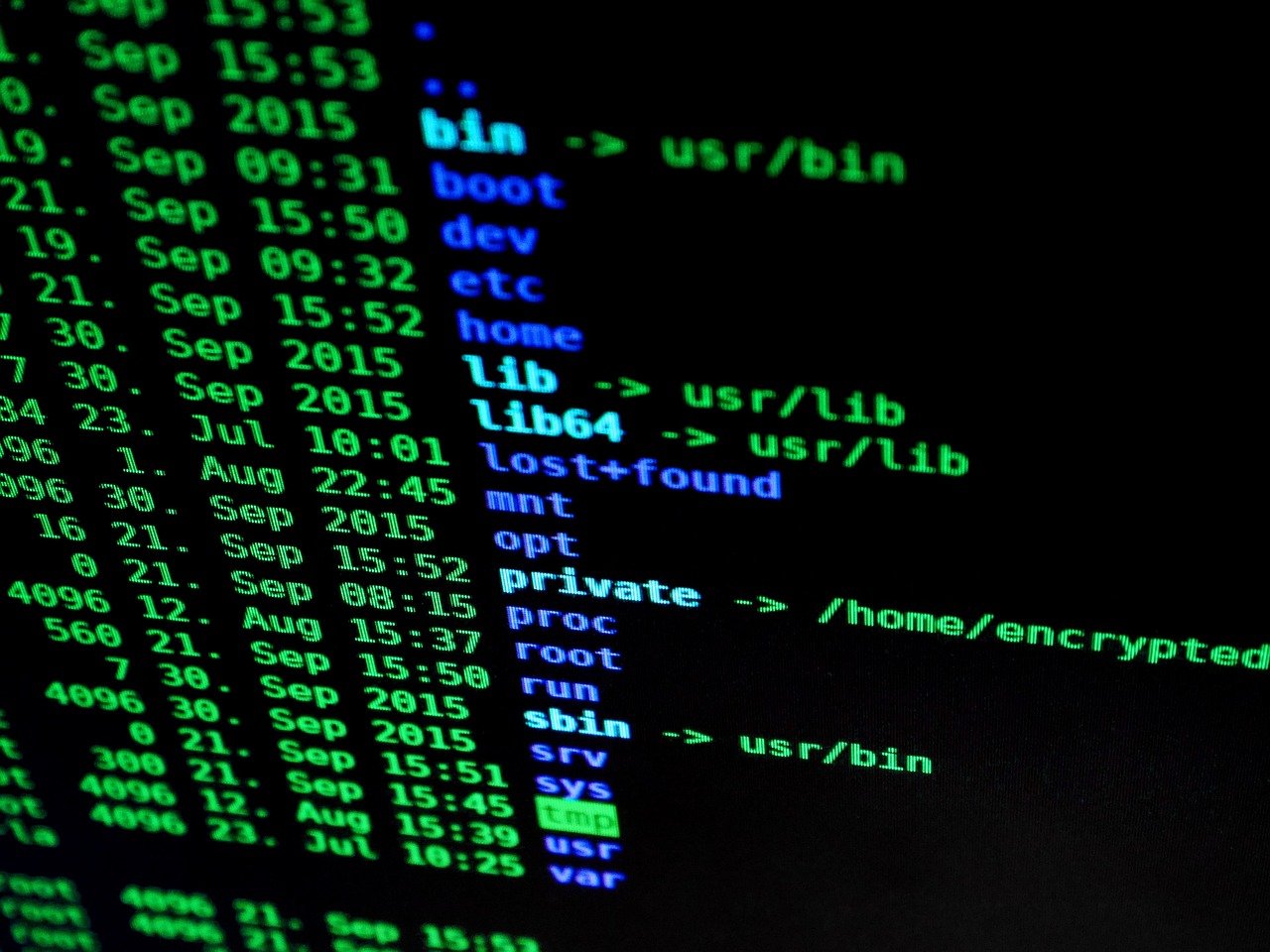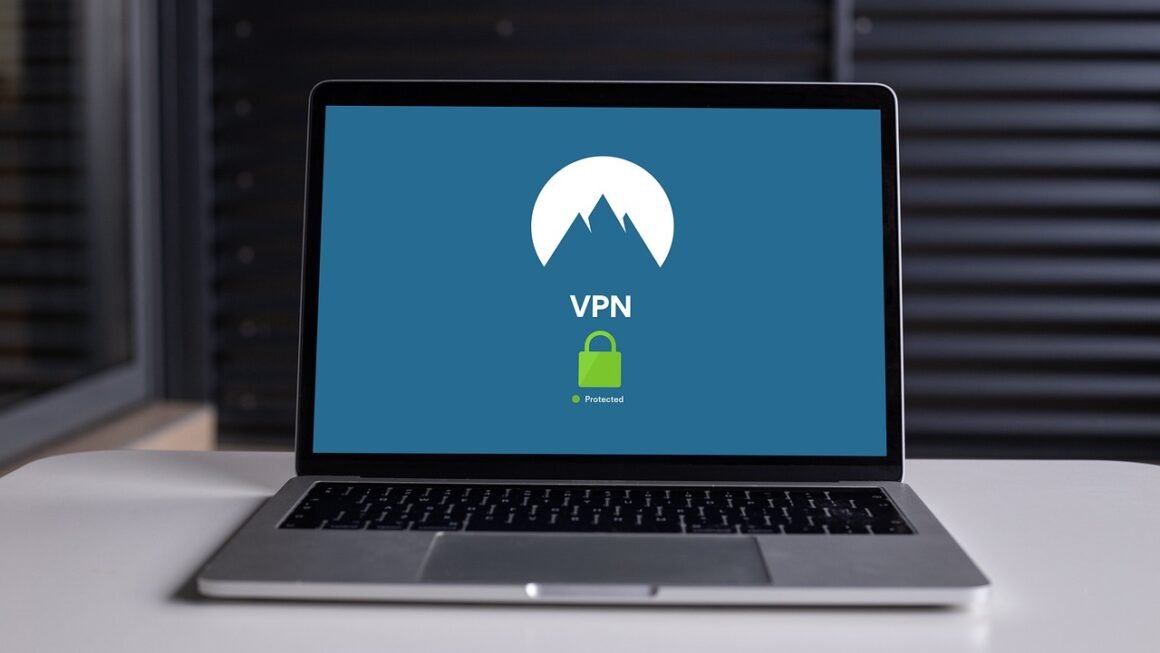Cyber threats are an ever-present danger in today’s digital landscape. From individuals checking their email to multinational corporations managing sensitive data, everyone is a potential target. Understanding the various types of threats, how they operate, and how to protect yourself is crucial for maintaining a safe and secure online presence. This article provides a comprehensive overview of cyber threats, offering actionable insights to help you defend against them.
Understanding the Landscape of Cyber Threats
Defining Cyber Threats
Cyber threats encompass any malicious activity that aims to harm or disrupt computer systems, networks, or digital data. These threats can manifest in many forms, often with the goal of stealing sensitive information, extorting money, or causing operational disruptions. The sophistication of these attacks is constantly evolving, requiring constant vigilance and proactive security measures.
Who are the Threat Actors?
Identifying the source of cyber threats is crucial for understanding their motivations and tactics. Threat actors can range from:
- Individual Hackers: Often motivated by personal gain, thrill-seeking, or ideological beliefs.
- Organized Cybercrime Groups: Operating like businesses, these groups focus on financial gain through activities like ransomware, fraud, and data theft. They often use sophisticated tools and techniques.
- Nation-State Actors: These are government-sponsored groups that engage in cyber espionage, sabotage, and disinformation campaigns. They typically have vast resources and advanced capabilities.
- Insider Threats: Individuals within an organization, either intentionally or unintentionally, who compromise security. This can include disgruntled employees, negligent users, or compromised accounts.
The Growing Cost of Cybercrime
Cybercrime represents a significant economic burden. According to Cybersecurity Ventures, global cybercrime costs are predicted to reach $10.5 trillion annually by 2025. This figure underscores the scale of the problem and the urgent need for robust cybersecurity measures. Furthermore, beyond financial costs, cyberattacks can damage reputation, erode customer trust, and disrupt essential services.
Common Types of Cyber Threats
Malware
Malware, short for malicious software, is a broad term encompassing various types of harmful code designed to infiltrate and damage computer systems. Examples include:
- Viruses: Self-replicating code that spreads by attaching itself to other files. They often corrupt data and disrupt system operations.
- Worms: Self-replicating malware that spreads across networks without human interaction. They can consume bandwidth and overload systems.
- Trojans: Disguised as legitimate software, they can steal data, install backdoors, or deliver other types of malware once executed. A Trojan might masquerade as a legitimate PDF reader, while secretly logging keystrokes.
- Ransomware: Encrypts a victim’s files and demands a ransom payment for their decryption. Recent ransomware attacks have targeted critical infrastructure, causing widespread disruption. Example: WannaCry.
- Spyware: Secretly monitors user activity and collects data, such as passwords, credit card numbers, and browsing history.
Phishing Attacks
Phishing involves deceptive attempts to acquire sensitive information, such as usernames, passwords, and credit card details, by disguising as a trustworthy entity.
- Spear Phishing: Highly targeted attacks aimed at specific individuals or organizations, often using personalized information to increase credibility. Example: An email impersonating a manager asking an employee to urgently transfer funds.
- Whaling: Phishing attacks targeting high-profile individuals, such as CEOs and executives.
- Smishing: Phishing attacks carried out via SMS text messages.
- Vishing: Phishing attacks conducted over the phone.
- Practical Example: A phishing email claiming to be from a bank, asking you to update your account information by clicking a link. The link directs you to a fake website that looks identical to the bank’s legitimate site, where you unknowingly enter your credentials, which are then stolen.
Man-in-the-Middle (MitM) Attacks
MitM attacks occur when an attacker intercepts communication between two parties, often to eavesdrop or modify the data being transmitted.
- ARP Spoofing: An attacker sends fake ARP (Address Resolution Protocol) messages to link their MAC address with the IP address of a legitimate device on the network.
- DNS Spoofing: An attacker redirects traffic from a legitimate website to a malicious one by corrupting DNS records.
- Unsecured Wi-Fi Networks: Using public Wi-Fi networks without a VPN can expose your traffic to interception by attackers.
- Example: Connecting to a free public Wi-Fi network in a coffee shop. An attacker on the same network could intercept your web traffic, potentially stealing your login credentials if you visit websites without HTTPS encryption.
Denial-of-Service (DoS) and Distributed Denial-of-Service (DDoS) Attacks
DoS and DDoS attacks aim to disrupt the availability of a service by overwhelming it with traffic, rendering it inaccessible to legitimate users.
- DoS: An attack launched from a single source.
- DDoS: An attack launched from multiple compromised devices (a botnet), making it more difficult to mitigate.
- Example: A DDoS attack against a website using a botnet of thousands of compromised computers to flood the server with traffic, causing it to crash and become unavailable to users.
SQL Injection
SQL injection is a code injection technique used to attack data-driven applications, in which malicious SQL statements are inserted into an entry field for execution. This can allow an attacker to bypass security measures and access, modify, or delete data in the database.
- Example: An attacker enters malicious SQL code into a website’s login form, bypassing the authentication process and gaining access to the database containing user credentials.
Protecting Yourself From Cyber Threats
Implementing Strong Cybersecurity Practices
- Use Strong, Unique Passwords: Avoid easily guessable passwords and use a password manager to generate and store complex passwords for each online account.
- Enable Multi-Factor Authentication (MFA): Add an extra layer of security to your accounts by requiring a second form of verification, such as a code sent to your phone, in addition to your password.
- Keep Software Up-to-Date: Regularly update your operating systems, browsers, and applications to patch security vulnerabilities that attackers can exploit.
- Install and Maintain Antivirus Software: Use reputable antivirus software to detect and remove malware from your devices. Ensure that the software is always up to date.
- Use a Firewall: Enable a firewall to block unauthorized access to your network and devices.
- Be Cautious of Suspicious Emails and Links: Do not click on links or open attachments in emails from unknown senders. Verify the sender’s identity before responding to suspicious requests.
- Back Up Your Data Regularly: Create regular backups of your important data and store them in a secure location, such as an external hard drive or cloud storage service.
Educating Yourself and Others
- Stay Informed About the Latest Threats: Keep up to date with the latest cybersecurity news and trends to understand the evolving threat landscape.
- Participate in Cybersecurity Training: Take advantage of training opportunities to learn about best practices for protecting yourself and your organization from cyber threats.
- Raise Awareness Among Family and Friends: Share your knowledge with your loved ones to help them stay safe online.
Choosing the Right Security Tools
- Endpoint Detection and Response (EDR): EDR solutions continuously monitor endpoints for suspicious activity and provide tools for responding to threats.
- Security Information and Event Management (SIEM): SIEM systems collect and analyze security data from various sources to detect and respond to security incidents.
- Vulnerability Scanners: Vulnerability scanners identify security weaknesses in your systems and applications, allowing you to address them before attackers can exploit them.
- Intrusion Detection and Prevention Systems (IDPS): IDPS solutions monitor network traffic for malicious activity and block or alert on suspicious behavior.
Responding to a Cyber Attack
Incident Response Plan
Having a well-defined incident response plan is crucial for minimizing the damage caused by a cyber attack. The plan should include steps for:
- Identifying and Containing the Attack: Quickly identify the source and scope of the attack and take steps to contain it to prevent further damage.
- Eradicating the Threat: Remove the malware or fix the vulnerability that caused the attack.
- Recovering Systems and Data: Restore affected systems and data from backups.
- Reporting the Incident: Report the incident to the appropriate authorities, such as law enforcement or regulatory agencies.
- Learning from the Incident: Analyze the incident to identify weaknesses in your security posture and implement improvements to prevent future attacks.
Contacting the Authorities
In the event of a serious cyber attack, it’s important to contact the appropriate authorities, such as law enforcement or cybersecurity agencies. They can provide assistance with investigating the attack, recovering stolen data, and prosecuting the perpetrators.
Data Breach Notification
If a cyber attack results in a data breach involving personal information, you may be required to notify affected individuals and regulatory agencies. Comply with all applicable data breach notification laws.
Conclusion
Cyber threats are a constant and evolving challenge, but by understanding the risks, implementing strong security practices, and staying informed, you can significantly reduce your vulnerability. Proactive security measures, combined with a well-defined incident response plan, are essential for protecting yourself and your organization from the potentially devastating consequences of a cyber attack. Remember that cybersecurity is not a one-time fix, but an ongoing process that requires continuous attention and improvement. Stay vigilant, stay informed, and stay safe online.



